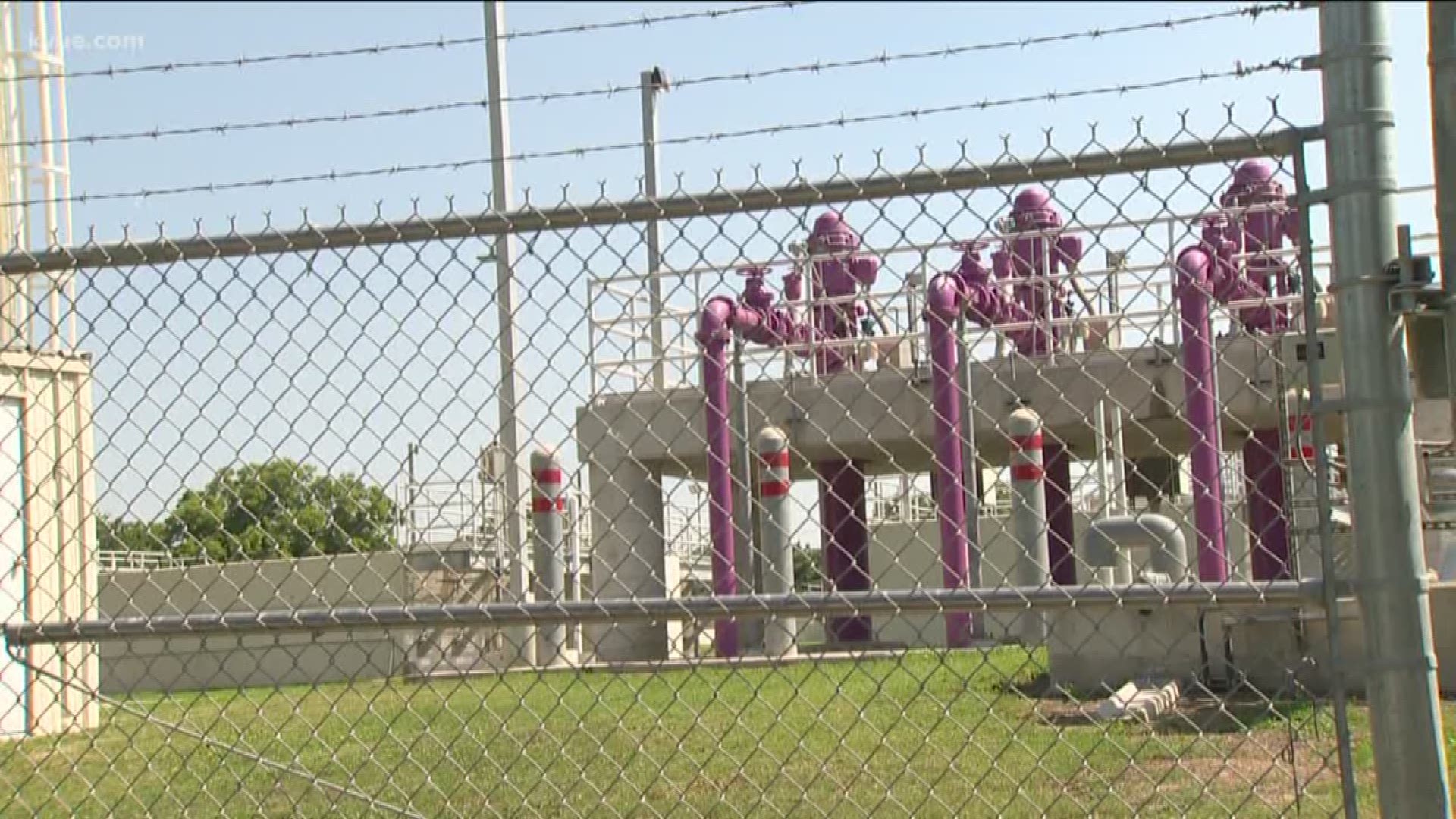MARBLE FALLS, Texas — A growing number of cities are dumping treated wastewater into the very places we enjoy and even get our drinking water.
The state allows it. But there are cities choosing different ways and it is saving the environment, even making them money.

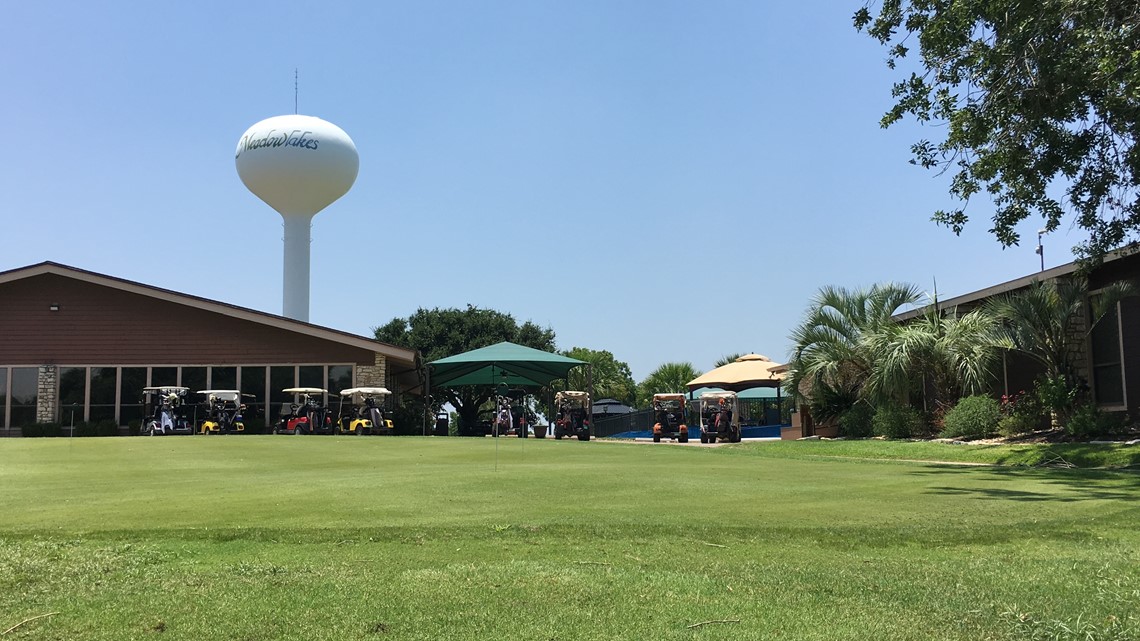
At Hidden Falls Golf Course in Meadowlakes lies a solution to booming growth. And it all starts with a guzzler.
To get the golf course in Marble Falls to look this green requires a lot of water.
“It takes 400,000 gallons to half a million gallons every night,” said Trini Solorzano, Hidden Falls superintendent.
For years, golf courses like this have relied on city water, but Solorzano said this course does something different.
“We use Marble Falls and Meadowlakes recycling water,” he said.
Drought and growth trigger water-saving solution
It's a recycling effort that began nearly 10 years ago in Marble Falls. A water-saving solution brought on by years of drought and growth.


“We call it the purple pipe system,” said Mike Hodge, Marble Falls city manager.
Instead of dumping the wastewater into Lake Marble Falls or building another wastewater treatment plant, city leaders decided to reuse treated wastewater.
“We use it to irrigate the park system here in Marble Falls,” he said.
Hodge said the city saved 15 million gallons the first year and the parks never looked better.
RELATED:
“It's one of the reasons I moved here and started working for the City is the things we're doing to take care of the environment out here. It's a great community right here on the lake. We enjoy having that available to us, but we also see it as a responsibility that we've got to take care of it,” he said.
The EPA has touted recycling water programs and the increasing need to develop programs like this.

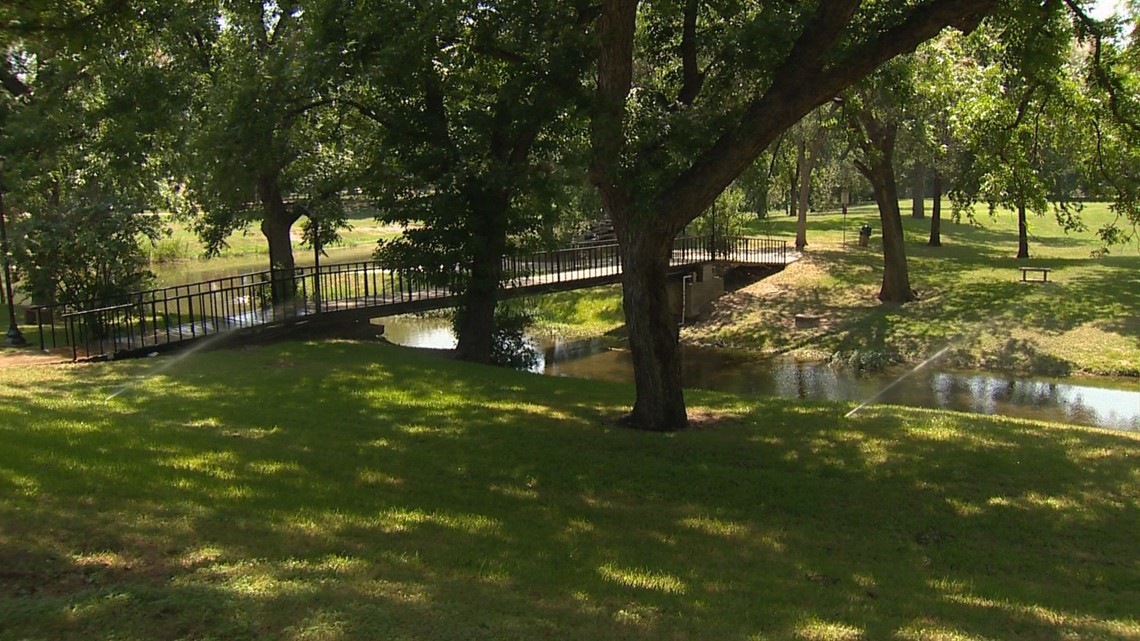
A difference that's getting noticed.
“I didn't know that,” said Carrie Thomas, a mom who moved her family to the Hill Country a year ago. “I'm glad to know that and glad to know that I moved to a place that finds that important.”
“The wastewater, where are you going to put it? You might as well recycle it. And the golf course needs water, so it's a perfect solution,” said golfer Dave Herfel.
State permits cities to dump into waterways
It's a solution thousands of cities are not choosing. The KVUE Defenders uncovered that 2,583 wastewater treatment plants across the state have permission to dump treated wastewater into our waterways – where we swim, fish and get our water.
And a growing number of cities are seeking similar permits.
The EPA tells the Defenders those permits "will generally specify an acceptable level of a pollutant" like fecal coliform, ammonia and nitrates.
RELATED:
Wastewater treatment plants cannot remove antibiotics or filter out household chemicals and other contaminants that flow into storm sewers.
The big concern in Central Texas is that many rivers have rocky bottoms and, depending on the season, have low or no water flowing in them.


The Liberty Hill Water treatment plant has been cited for dozens of violations since 2017.
Texas has the only direct potable reuse facility in country
Texas has the first and only direct potable reuse facility in the nation. It reclaims and cleans previously used water for municipal use.
The EPA said, "Texas and California have developed the most robust criteria and regulatory/permitting approaches to date. In Texas, the Texas Commission on Environmental Quality (TCEQ) oversees all aspects of planning, permitting, and monitoring to protect the state’s water resources. Faced with an urgent need for additional water supplies in parts of the state, TCEQ has approved direct potable reuse (DPR) projects on a case-by-case basis in accordance with the innovative/alternative treatment clause in the Texas Administrative Code addressing public drinking water that allows 'any treatment process that does not have specific design requirements' to be considered for permitting. Although this approach allows for flexibility for considering water projects, TCEQ requires that significant pilot testing be completed before a project can achieve final approval. The Colorado River Municipal Water District’s Big Spring facility, the only currently operating municipal DPR facility in the U.S., was permitted under this approach and has been operational since 2013.”
Increasing population = increasing demand for water
Municipal needs such as residential water use currently account for about 27% of Texas’ water demand, but that share is expected to grow dramatically over the coming decades as the population increases.

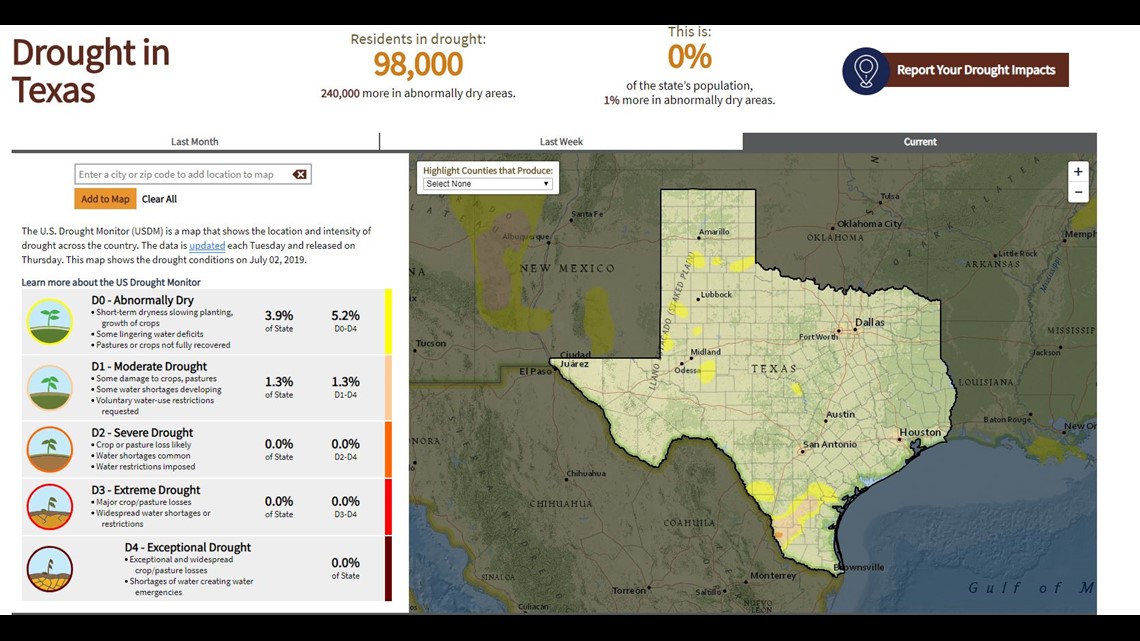
Currently, the drought monitor shows that 98,000 Texas residents are in a drought.
Texas’ population grew by more than 7% between 2010 and 2014 and is projected to increase by 82% between 2010 and 2060 to 46.3 million people.
According to the EPA, "Texas uses reclaimed water for less than 3% of its water supply; however, by 2060, reclaimed water is projected to provide about 10%."
RELATED:
Providing water for such substantial population growth will require a combination of additional water supplies and increased conservation. In 2010, the demand was about 18 million acre-feet per year. By 2060, Texas’ water demand is projected to increase to 22 million acre-feet per year.
And the EPA also estimates that based on daily per capita water availability, "10 urban areas in Texas are at medium or high vulnerability to water shortages, including San Antonio, El Paso, Dallas and Austin."
Cost and savings
Choosing to reuse water is not cheap. The city of Marble Falls invested about $800,000 in its purple pipe system – with the LCRA contributing a portion of that.

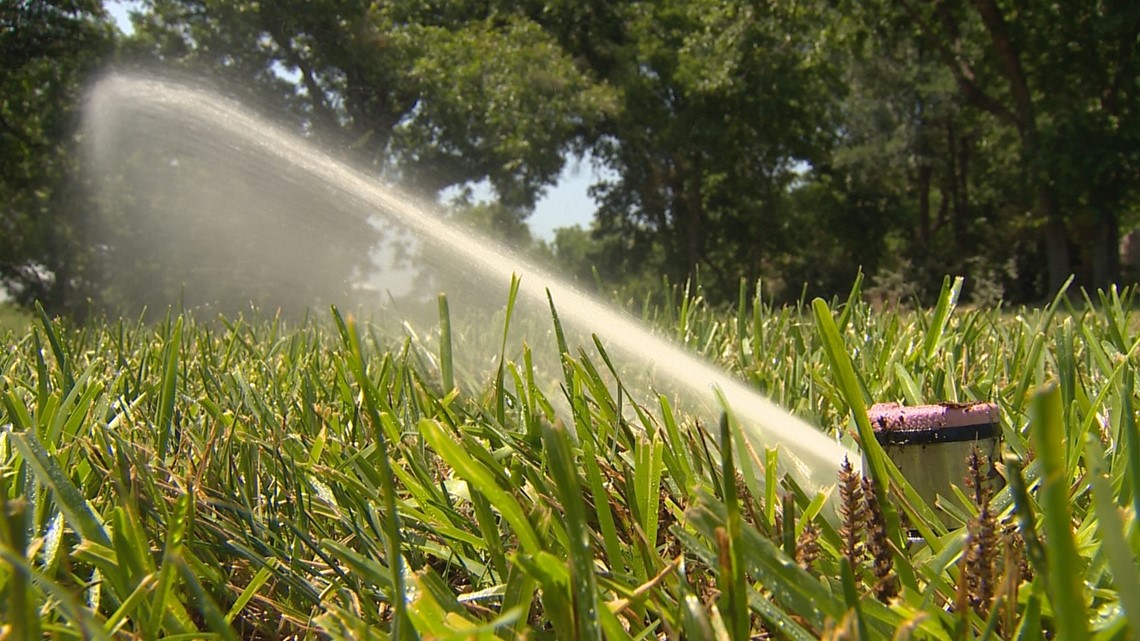
“Down the line, making an investment in this type of system will pay for itself,” said Hodge. “We've got two or three paying customers.”
There's also a lot more interest, including from the local school district. So, for an area struggling to keep up with the demands of growth, Marble Falls sees this as a winning solution. The city continues to add more pipes and more paying customers. A win-win with its share of green.
Other communities recycling
Marble Falls isn't the only place doing this. Lakeway does too.
So does Belterra, a community between Austin and Dripping Springs. It's an effort that resulted from a four-year fight when the development initially wanted to dump treated wastewater into nearby Bear Creek, which recharges the Edwards Aquifer and Barton Springs.
And Austin takes yard trimmings collected curbside and some of the city's treated sewage sludge to create Dillo Dirt, which is sold in many area stores and used in some area parks.
Resources
For a map of wastewater discharges across Central Texas, see below:
You can search by county for where wastewater discharges are by clicking here.
For more water conservation facts go here.
Find more information about drought and the water outlook for Texas here.
PEOPLE ARE ALSO READING:

